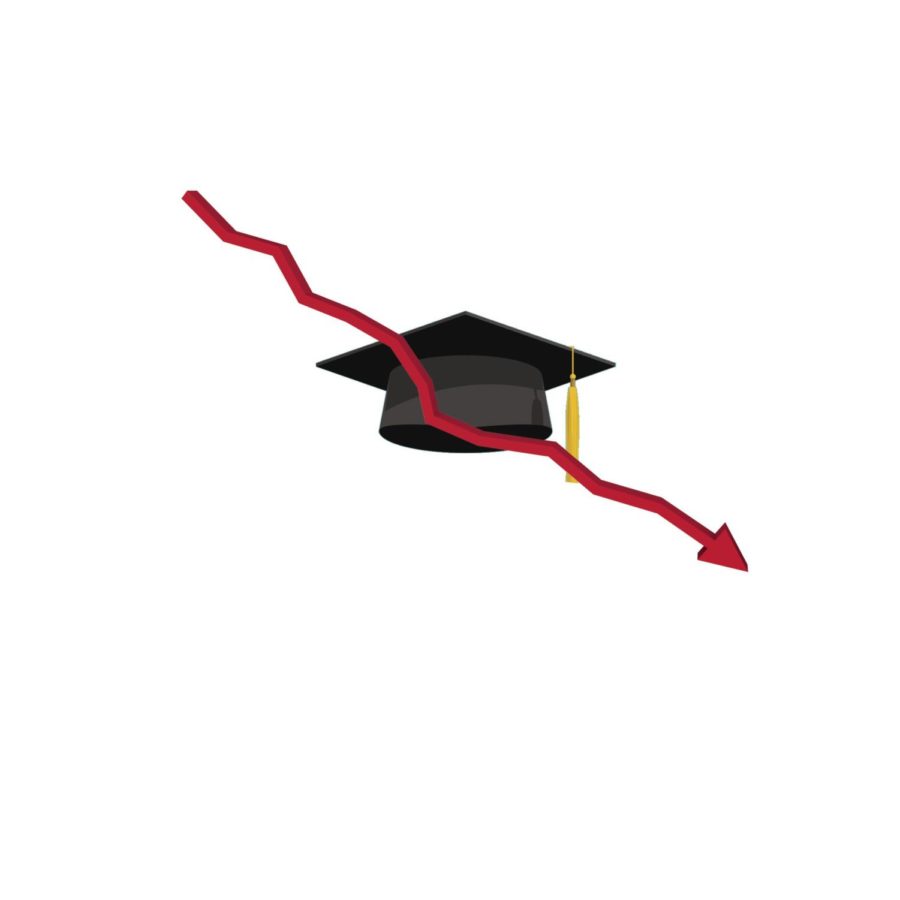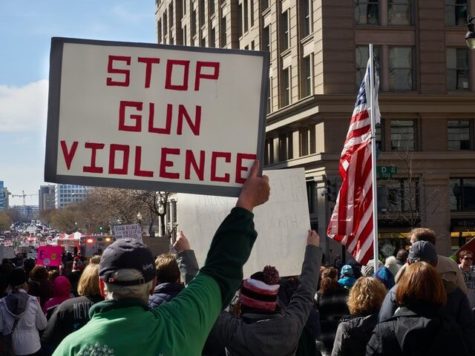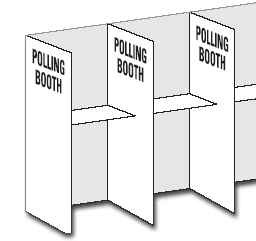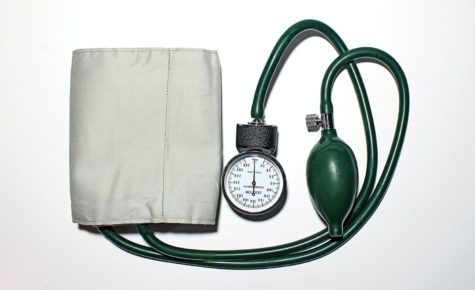Editorial: ISU’s financial woes are getting worse
The ISD Editorial Board discusses how the COVID-19 pandemic and declining enrollment will impact the university’s financial situation and urges the state of Iowa to do more to support its universities.
September 14, 2020
Tuition at Iowa State is about to skyrocket.
The financial implications of COVID-19, reduced funding from the state of Iowa and plummeting enrollment numbers will compound each other in such a way that students will soon be asked to help cover the costs in manners not previously seen.
Be aware, underclassmen especially, that while Iowa State may have put a tuition freeze on the current school year, next year, the university will have no choice but to raise tuition again, most likely by a significant amount.
It’s unfortunate that all of these circumstances have occurred at the same time, but it is not surprising given the interconnectedness of university enrollment and funding. It will be an uphill battle as Iowa State fights for continued funding despite its dwindling enrollment numbers.
From the fall semester of 2004 to the fall semester of 2019, Iowa State had an average of 30,823, plus or minus 4,150 students. Now, the first part of that statistic is encouraging.
Over 30,000 students is indicative of the growth that Iowa State has experienced. But the second part of that statistic is deeply worrisome. A standard deviation of over 4000 students means student enrollment over that time stretch was incredibly unpredictable.
Over that same time period, the University of Iowa had an average enrollment of 31,005, plus or minus 982 students. The University of Northern Iowa had an average enrollment of 12,277, plus or minus 782 students.
For some reason, the other two regent universities in Iowa have managed to maintain a much more consistent student population, bringing them more financial stability than Iowa State.
Much of Iowa State’s growth can be attributed to former Iowa State President Steven Leath, who saw student enrollment grow by over 6000 students due to extensive recruitment efforts. Again, growth is a good thing, but the growth Iowa State saw under President Leath was unsustainable. Upon his departure, Iowa State has seen three straight years of declining enrollment.
Couple this with a $40.7 million budget reduction from the state of Iowa and you can begin to see how things are taking a turn for the worse financially. Now, add on the effects of the coronavirus pandemic, and the picture becomes even more grim.
Iowa State’s retention rate may remain strong, but reversing the negative growth, let alone creating positive growth in enrollment numbers, will be nearly impossible. The pandemic has only exacerbated many of the problems the university was already experiencing in convincing students to come to Iowa State.
Back when the pandemic started and colleges moved students to an all-online format, high school students began to reverse course on their college decisions with 10 percent opting out of attending a four-year university. The value of a four-year degree isn’t what it used to be, nor is it as financially feasible for many families across Iowa, and it’s even less so for out-of-state students.
The state of Iowa needs to make a serious commitment to funding higher education at its regent universities. The idea that raising tuition will get Iowa State through its upcoming financial struggles is absurd.
The Iowa Legislature needs to view college funding as an investment in the state of Iowa. The long-term effects of giving Iowa State more money to carry out its mission will far outweigh the short-term effects of creating the necessary revenue.

















